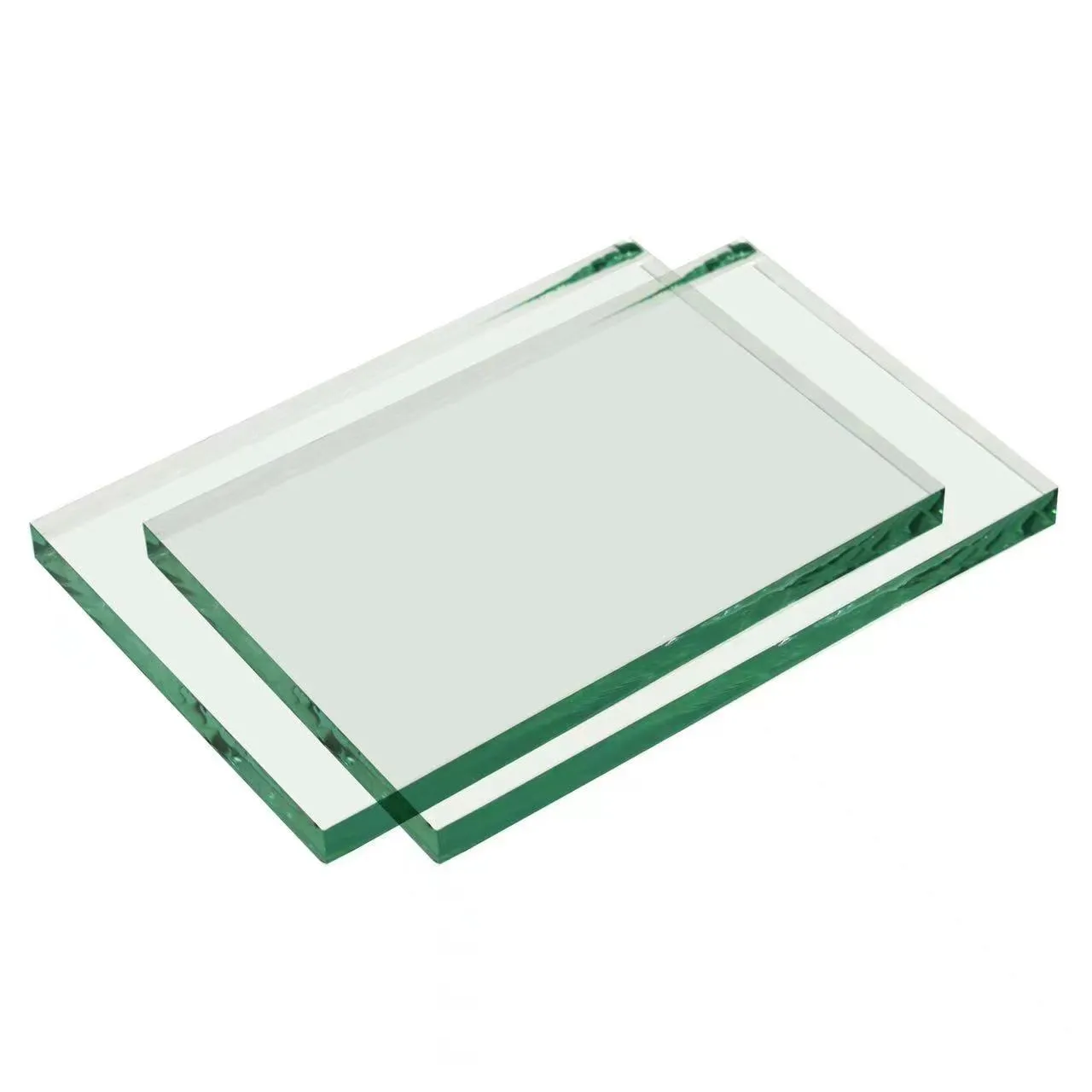The Aesthetic and Functional Appeal of Float Glass Capturing Beauty in Transparency
Float glass, a ubiquitous material in contemporary architecture and design, is celebrated not only for its clarity and versatility but also for its aesthetic appeal. The images of float glass display its unique ability to refract light and create mesmerizing reflections, making it a popular choice in both residential and commercial buildings. This article explores the various aspects of float glass, its manufacturing process, and its remarkable applications.
Float glass is produced through a fascinating and precise manufacturing process. Initially, a mixture of silica sand, soda ash, and limestone is melted at high temperatures to create molten glass. This molten glass is then floated on a bed of molten tin, allowing it to spread evenly and form a flat sheet. This floating process is essential as it results in uniform thickness and a smooth surface, which are crucial for achieving the clarity and quality that float glass is known for. Once cooled, the glass can be cut, polished, or coated for various applications.
The Aesthetic and Functional Appeal of Float Glass Capturing Beauty in Transparency
In addition to its aesthetic appeal, float glass provides practical benefits. It contributes to energy efficiency by allowing daylight to illuminate spaces, reducing reliance on artificial lighting. Furthermore, advancements in float glass technology have led to the development of energy-efficient glazing solutions. Low-emissivity coatings can be applied to float glass, minimizing heat loss and improving thermal performance. This is particularly beneficial in regions with extreme temperatures, as it helps maintain a comfortable indoor climate while reducing energy costs.
float glass images
Float glass is versatile and can be tailored to suit a variety of design needs. It can be tempered for safety, laminated for added strength, or even coated for solar control and privacy. Images showcasing various applications—such as glass staircases, balustrades, and partitions—illustrate its adaptability in both residential and commercial projects. Architects and designers often leverage float glass to create stunning visual effects that can redefine spaces and enhance user experiences.
Moreover, float glass plays a significant role in interior design. The trend of incorporating glass elements within interiors is becoming increasingly popular. From glass walls and doors to decorative glass panels, float glass can create striking focal points in home design. Images of beautifully designed interiors using float glass often depict a sense of elegance and sophistication, drawing attention to the craftsmanship and creativity involved.
Sustainability is another crucial factor in the use of float glass. As architects and designers strive for eco-friendly solutions, float glass can be recycled and reused, contributing to a circular economy. Images that showcase recycled glass applications serve as a testament to the material’s potential for sustainable design, encouraging responsible consumption.
In conclusion, float glass is much more than a functional building material; it is an embodiment of modern aesthetics and practicality. The captivating images of float glass, where light, transparency, and reflections converge, highlight its significance in architectural and interior design. As technology continues to evolve, float glass will undoubtedly remain a key component in the creation of inspiring and sustainable spaces. Whether it is in the form of expansive facades or intricate interior elements, float glass continues to enchant us with its timeless beauty and functionality.
 Afrikaans
Afrikaans  Albanian
Albanian  Amharic
Amharic  Arabic
Arabic  Armenian
Armenian  Azerbaijani
Azerbaijani  Basque
Basque  Belarusian
Belarusian  Bengali
Bengali  Bosnian
Bosnian  Bulgarian
Bulgarian  Catalan
Catalan  Cebuano
Cebuano  Corsican
Corsican  Croatian
Croatian  Czech
Czech  Danish
Danish  Dutch
Dutch  English
English  Esperanto
Esperanto  Estonian
Estonian  Finnish
Finnish  French
French  Frisian
Frisian  Galician
Galician  Georgian
Georgian  German
German  Greek
Greek  Gujarati
Gujarati  Haitian Creole
Haitian Creole  hausa
hausa  hawaiian
hawaiian  Hebrew
Hebrew  Hindi
Hindi  Miao
Miao  Hungarian
Hungarian  Icelandic
Icelandic  igbo
igbo  Indonesian
Indonesian  irish
irish  Italian
Italian  Japanese
Japanese  Javanese
Javanese  Kannada
Kannada  kazakh
kazakh  Khmer
Khmer  Rwandese
Rwandese  Korean
Korean  Kurdish
Kurdish  Kyrgyz
Kyrgyz  Lao
Lao  Latin
Latin  Latvian
Latvian  Lithuanian
Lithuanian  Luxembourgish
Luxembourgish  Macedonian
Macedonian  Malgashi
Malgashi  Malay
Malay  Malayalam
Malayalam  Maltese
Maltese  Maori
Maori  Marathi
Marathi  Mongolian
Mongolian  Myanmar
Myanmar  Nepali
Nepali  Norwegian
Norwegian  Norwegian
Norwegian  Occitan
Occitan  Pashto
Pashto  Persian
Persian  Polish
Polish  Portuguese
Portuguese  Punjabi
Punjabi  Romanian
Romanian  Russian
Russian  Samoan
Samoan  Scottish Gaelic
Scottish Gaelic  Serbian
Serbian  Sesotho
Sesotho  Shona
Shona  Sindhi
Sindhi  Sinhala
Sinhala  Slovak
Slovak  Slovenian
Slovenian  Somali
Somali  Spanish
Spanish  Sundanese
Sundanese  Swahili
Swahili  Swedish
Swedish  Tagalog
Tagalog  Tajik
Tajik  Tamil
Tamil  Tatar
Tatar  Telugu
Telugu  Thai
Thai  Turkish
Turkish  Turkmen
Turkmen  Ukrainian
Ukrainian  Urdu
Urdu  Uighur
Uighur  Uzbek
Uzbek  Vietnamese
Vietnamese  Welsh
Welsh  Bantu
Bantu  Yiddish
Yiddish  Yoruba
Yoruba  Zulu
Zulu 

